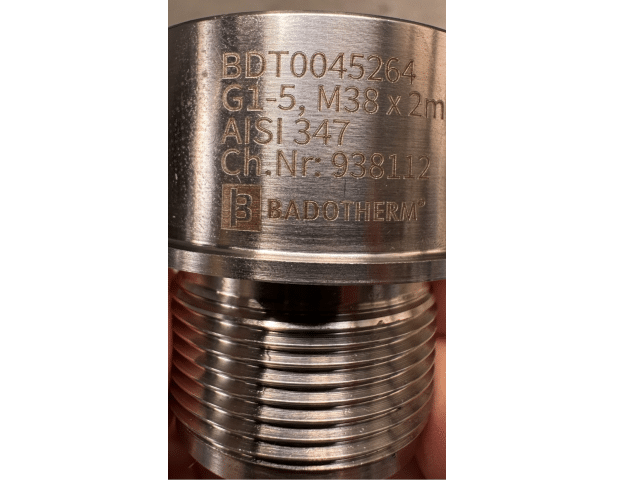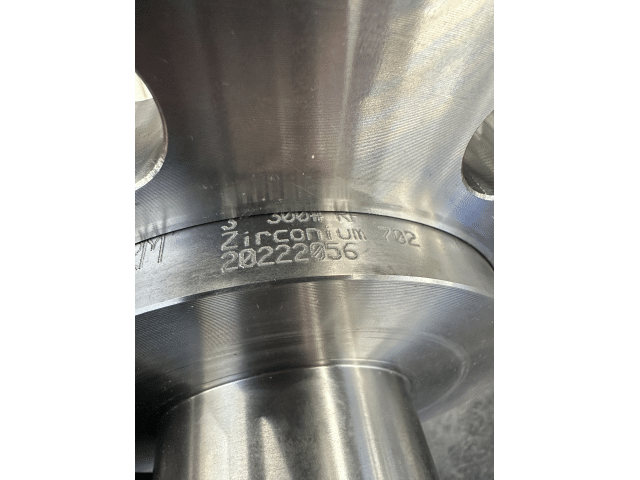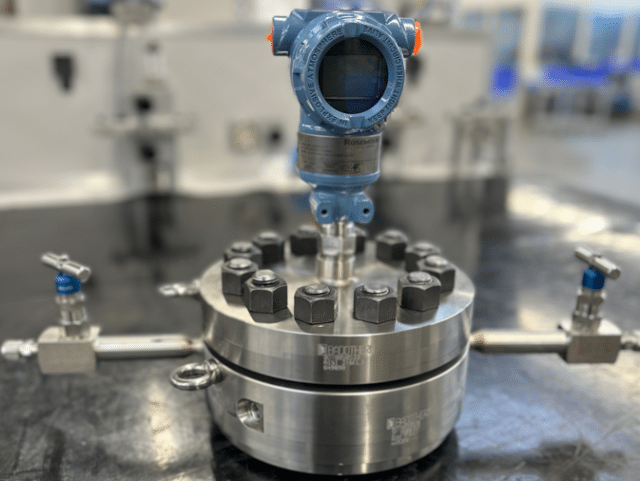![]()
At first, the type of fill fluid is important as it should be compatible with
the process medium. The most commonly used fill fluids are Inert or Silicone
based fluids, but also other specific types of fluid may be used; all different
specifications and characteristics to match different conditions.
Inert fluids are either PFPE’s (Perfluoropolyether) or PCTFE’s (Polychlorotrifluoroethylene). They are typically used for chlorine and oxygen applications, because being inert, they will not react with the process in case of a diaphragm rupture. Silicon fluids could, once in contact with chlorine or oxygen, cause an explosion.
Also, these PFPE’s and PCTFE’s can be used for application with extreme low process temperatures (down to -110°C); for those cases Badotherm recommend the use of a Temperature Compensator with a secondary silicon fill to reduce the ambient temperature effects. The downside of these inert fill fluids is that their factor of thermal expansion is ± 2 times the one of silicon fluids, so the temperature effects are almost double. Further, the density of inert fluids is ± 1.8 times the one of silicon fluids, so this should be considered to determine the required zero correction.
Our web-based performance calculation tool Basecal can help in this respect.
For more information on Basecal see: BaseCal – Badotherm
More information:
Datasheet: Badotherm_seal_filling_fluid_overview.pdf



